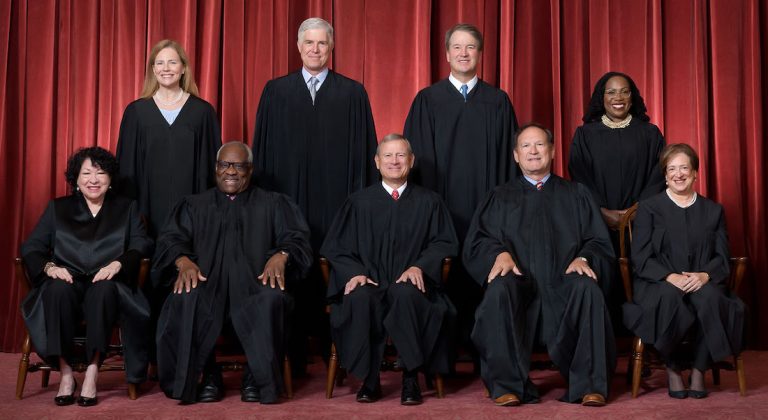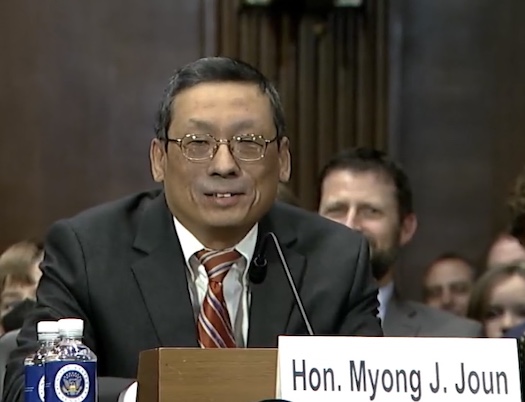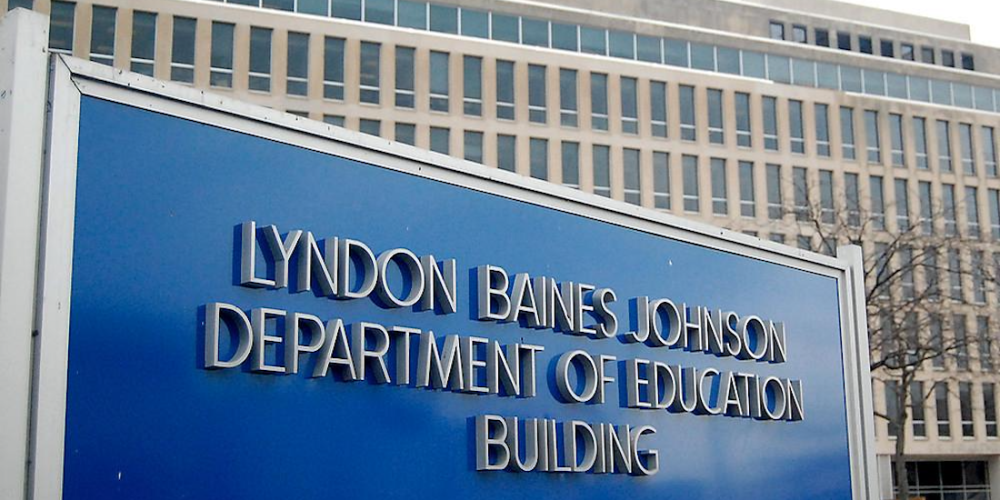
High court’s emergency order enables dismissal of nearly 1,400 employees; dissent warns of threat to federal oversight

New York, N.Y. — In a decision that could fundamentally reshape the federal government’s role in public education, the U.S. Supreme Court on July 14, 2025, cleared the way for the Trump administration to proceed with the termination of approximately 1,400 Education Department employees—about one-third of the agency’s workforce.
This unsigned order, issued through the court’s emergency docket, provided no reasoning and takes effect while litigation over the fate of the department continues. The order is the second in as many weeks to favor the administration in its sweeping efforts to curtail federal workforce numbers.
A Blow to Agency Stability as Mass Firings Move Forward
The Supreme Court’s intervention lifts a preliminary injunction issued in May by U.S. District Judge Myong Joun in Boston.

The judge had ruled in favor of a coalition of states led by New York, who argued that the Trump administration’s reductions—announced as part of a controversial plan to dismantle the U.S. Department of Education—were “likely to cripple” the agency and deprive it of its congressionally mandated powers.
In his opinion, Judge Joun concluded that by firing nearly half its staff, the administration was “effectively disabling the department from carrying out its statutory duties.”
Solicitor General John Sauer, representing the administration, contended that Judge Joun had overstepped the bounds of judicial authority by questioning what he described as internal executive management decisions.
Sauer argued that “for the second time in three months, the same district court has thwarted the Executive Branch’s authority to manage the Department of Education despite lacking jurisdiction to second-guess the Executive’s internal management decisions.”
Dissent Warns of Erosion of Constitutional Checks and Balances
The high court’s decision was met with a scathing dissent from Justice Sonia Sotomayor, joined by Justices Elena Kagan and Ketanji Brown Jackson.
Justice Sotomayor wrote, “When the Executive publicly announces its intent to break the law, and
then executes on that promise, it is the Judiciary’s duty to check that lawlessness, not expedite it.”
Decrying the ruling as “indefensible,” Sotomayor warned that the decision effectively “hands the Executive the power to repeal statutes by firing all those necessary to carry them out,” undermining Congress’s exclusive authority to abolish or restructure federal agencies.
Sotomayor’s dissent underscored the magnitude of potential damage, predicting further delays—or outright denials—of educational opportunities and vital civil rights protections for students. “The majority is either willfully blind to the implications of its ruling or naive, but either way, the threat to our Constitution’s separation of powers is grave,” the dissent stated.
The Path to the Supreme Court: From Agency Downsizing to National Uproar

The Trump administration’s intent to curtail or eliminate the Department of Education dates to a March 2025 executive order, which called for the department to “immediately” implement staff reductions and transfer functions such as student loan servicing and special education out of the agency.
The proposed cuts quickly garnered opposition: a coalition of more than 20 Democratic-led states, joined by advocacy groups and school districts, launched legal challenges arguing that closing such a vital agency by executive fiat not only violated statutory law but undermined public education across the nation.
After Judge Joun’s injunction briefly restored the dismissed employees, the Supreme Court’s latest order reverses course—once again placing those workers’ livelihoods, and the agency’s capacity, in jeopardy.
State and Local Responses: Fierce Legal and Political Resistance
Leading the charge against the layoffs, New York Attorney General Letitia James denounced the administration’s actions as “an attack on every student’s access to a quality education.”

The coalition states argued in their filings that the reduction-in-force (RIF) was arbitrary, capricious, and plainly unconstitutional, contending that only Congress has the power to abolish the department.
They stressed that slashing federal oversight would do “immense damage” to states’ educational programs, especially those supporting low-income families, students with disabilities, and civil rights enforcement.
“Our schools and students depend on these resources, and we will not relent in defending them,” Attorney General James stated after the May injunction—now voided by the high court’s order.
Impact on Agency Operations and Federal Education Policy
As the Trump administration proceeds with the layoffs, the department will see its staff drop from more than 4,000 to just over 2,000, with additional closures of regional offices in cities including New York, Boston, and Chicago.
Secretary of Education Linda McMahon has maintained that the cost-saving measure will allow federal money to reach classrooms more directly. However, skeptics—including agency insiders and outside experts—question whether essential services such as student aid administration and civil rights enforcement can be maintained at drastically reduced staffing levels.
The layoffs come amid a broader push by the Trump administration to trim federal agencies’ size and scope. Parallel reductions have targeted the Departments of Veterans Affairs, Social Security, and others, raising nationwide debates about the federal government’s proper footprint in American society.
The Larger Constitutional and Social Stakes
The Supreme Court’s emergency ruling leaves the underlying legal merits unresolved, and further hearings in lower courts are expected. Nonetheless, the decision ushers in immediate and tangible effects: potential delays for student financial aid, weakened enforcement of anti-discrimination laws, and uncertainty for thousands of education professionals and families.
As the debate continues, Congress’s will—and the courts’ constitutional interpretations—will determine the future boundaries of executive versus legislative power in American governance.
75-Word Summary
The U.S. Supreme Court has allowed the Trump administration to proceed with mass layoffs at the Department of Education, reversing a lower court’s order that protected about 1,400 employees. Dissenting justices warned the decision undermines Congress’s authority and public education. As litigation continues, the department is set to lose nearly half its workforce, closing regional offices and raising concerns about civil rights enforcement and federal support for students, especially those most in need.